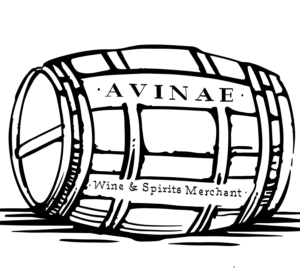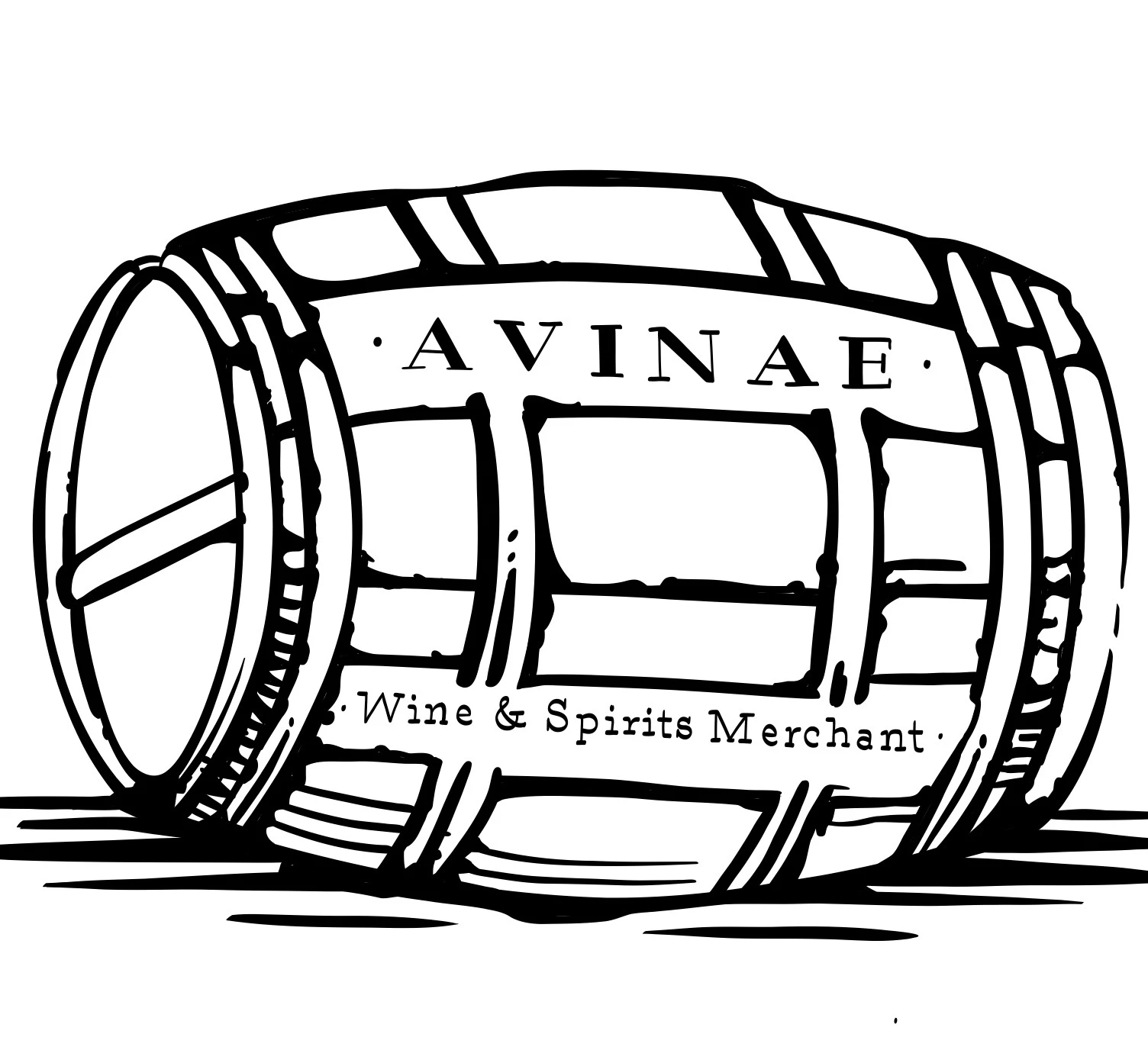Vi de la Terra de Mallorca
Vi de la Terra de Mallorca are mainly known for their authentic red wines, however they also produce white wines from native vines such as Giro Ros, Prensal blanc or Moll. In the case of rosé wines, they are mainly produced from Majorcan red grapes ( Callet and Manto Negro ) but they also use foreign varieties such as Tempranillo and Cabernet Sauvignon. Most of the wineries have their own style to make red wine, but they are usually blends of Manto Negro, Callet, like the native ones and Cabernet Sauvignon, Merlot , Syrah and sometimes Garnacha. Other recently approved red varieties in the Denomination of Origin (DO) regulations are those of native origin such as Gorgollasa and Fogoneu. The most recognized native vines by far are Manto Negro, Callet, considered the flagship of the grapes in these lands; They give the wines fruity, complex and concentrated flavors. The Gorgollasa, for its part, endows its wines with warm ripe fruit and provides a sweet touch. And the Callet, which brings freshness and a lot of aroma to the wines, is usually in a low percentage of mixture and is found mainly in wines for aging. It is worth mentioning that local producers do not mention the word “crianza” on their labels, although they strictly follow the times necessary to enhance the aging capacity of the wines. The wines from Tierra de Mallorca can spend 12 months in oak barrels, followed by a rest in the bottle for 12 months before going on sale, these would be considered “crianza”. The wines considered “reserves” must go through a minimum of three years of aging before going on the market, at least one year in oak barrels. Finally, the long-aged ones, which are only made in the best vintages, must spend at least five years aging, of which at least two must rest in oak barrels. These last two mentions of the aging process are regulated in the Designations of Origin Binissalem Geographically. Vi de la Terra de Mallorca is divided into three regions: IGP Sierra de Tramuntana,placed on the northwest of the Island with …………….h and …………….hl of anual production of quality wines.Binissalem considered as the plane part of the Mallorcan viticulture and is located together with the municipality of Binissalem, in the heart of the island and where it is made up of 5 municipalities (Binissalem, Sencelles, Consell, Santa Maria, Santa Eugenia).It is here in the D.O Binisalem the area par excellence where the native Manto Negro vine is cultivated and represented with ………………..h and ………………………hl of anual production. To the northwest and south is the most extend part of the Island of Mallorca where good quality wines are produced adn which also bears the name of the DO. Pla y Llevant also is
the largest region in hectares of vineyards and has eighteen municipalities (Muro, Sta. Margalida, Artà, Capdepera, Sant Llorenç, Maria de la Salut, Sineu, Ariany, Petra, Manacor, Sant Joan, Vilafranca, Felanitx, Algaida, Montuïri, Porreres, Llucmajory Campos) wine-growing, goes from the Wall, covering the province of Manacor and extending to Campos. Elegance and bearing is the hallmark of the wines made here with native Mallorcan vines such as Prensal blanc o Moll, Giro Ros, Callet, Manto Negro, Gorgollasa; the Fogoneu vine is occasionally added to wines from this area to provide tannins and color. The southeast area of Pla i Llevant is the hottest of the rest and specializes in the production of vintage wines Prensal Blanc or Moll . Mallorca has witnessed a wide stylistic evolution over the years. The aging method initiated to make brandies at the end of the 19th century was distinguished by the long aging in oak barrels, while the modern style, represented in the elaboration in stainless steel tanks, shows the fruit and freshness of the wines, maintaining the Aging in oak to the legal minimum. The postmodern trend that emerged in the late 1990s with producers like the Gelabert and Grimalt families concentrating on making wines from old vines or specific plots of vineyards to accentuate the terroir, and using higher proportions of varieties like Manto Negro and White press. High expression wines, pioneered by Anima Negra and 4 Kilos (among others) and later adopted by most other Mallorcan producers, represent the newest leading category of Mallorcan winemaking. Along with the traditional long aging wines, high expression wines are of limited production and come from vineyards with high grape quality, often from a single plot, and are picked by hand. Excellent examples of this style are Vinos de Miquel Gelabert, Bodegas Castel de Sud. However, modernization has accelerated the continuation of successful traditional styles. Long-established houses like Anima Negra Bodega Ribas.4 Kilos continue to make elegant wines better than ever. For example, in the DO Binissalem, red wines must be made with a minimum of 30% of the Manto Negro variety and a maximum of 30% of Gorgollassa; white wines, with a minimum of 50% of Prensal blanc (Moll) or Muscatel varieties, and rosé wines, with a maximum of 30% of Gorgollassa grapes.


 Avinae Fine Wine & Spirits
Avinae Fine Wine & Spirits  Avinae Fine Wine & Spirits
Avinae Fine Wine & Spirits Avinae Fine Wine & Spirits
Avinae Fine Wine & Spirits  Avinae Fine Wine & Spirits
Avinae Fine Wine & Spirits  Avinae Fine Wine & Spirits
Avinae Fine Wine & Spirits Avinae Fine Wine & Spirits
Avinae Fine Wine & Spirits  Avinae Fine Wine & Spirits
Avinae Fine Wine & Spirits 